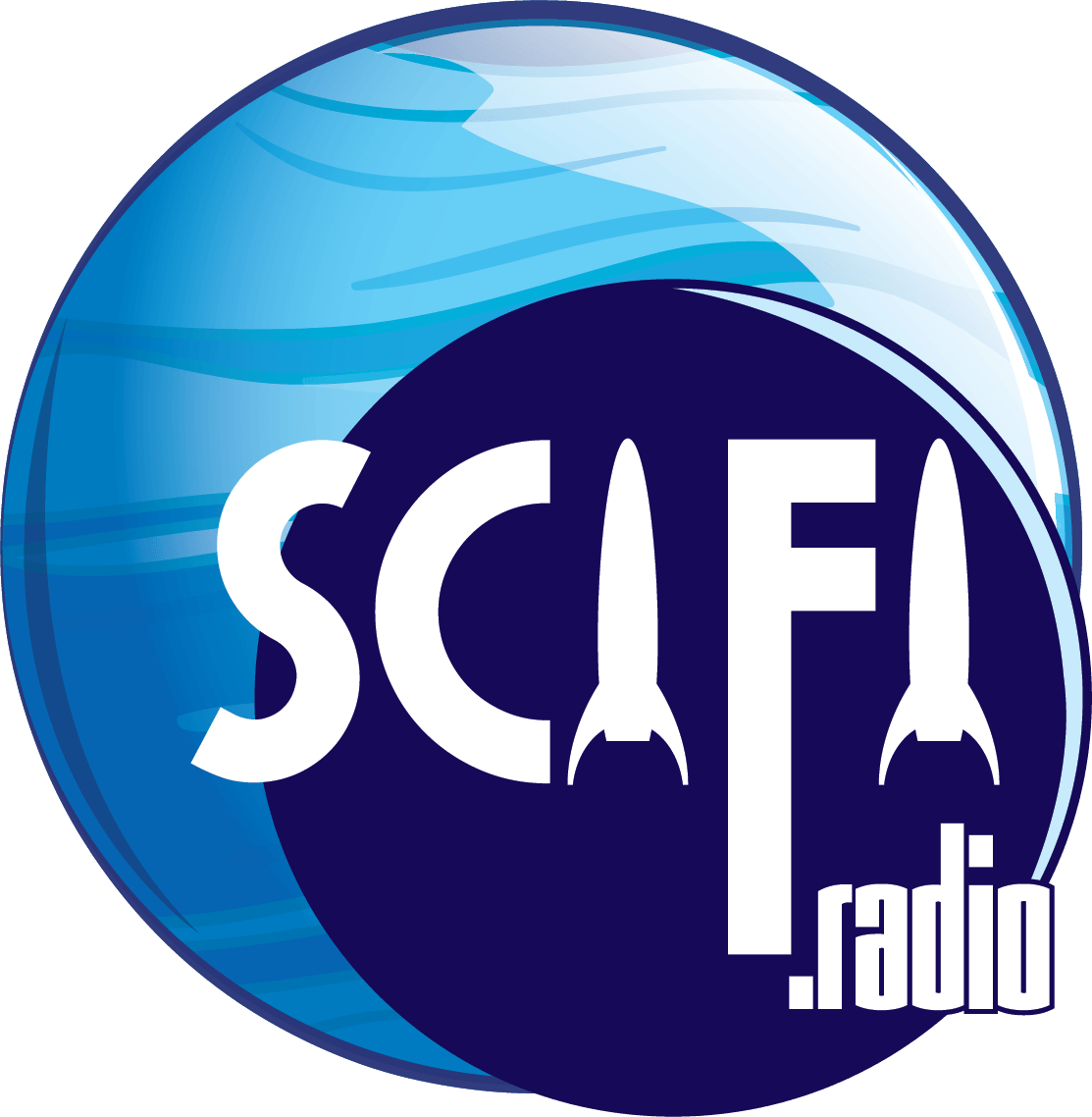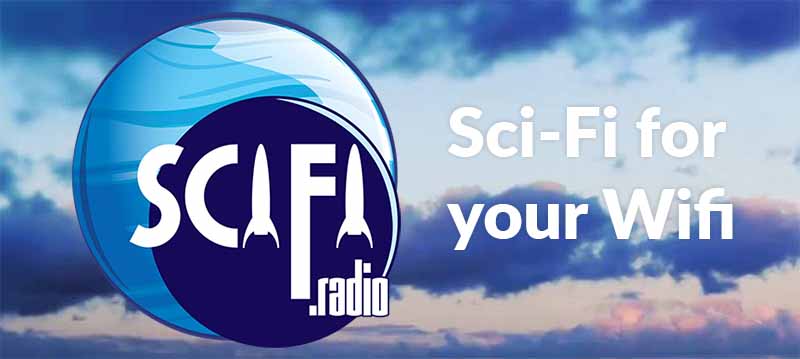March 17, 2014 – Astronomers are announcing today that they have acquired the first direct evidence that gravitational waves rippled through our infant universe during an explosive period of growth called inflation. This is the strongest confirmation yet of cosmic inflation theories, which say the universe expanded by 100 trillion trillion times, in less than the blink of an eye.

The findings were made with the help of NASA-developed detector technology on the BICEP2 telescope at the South Pole, in collaboration with the National Science Foundation. The telescope uses 512 supercooled detectors which are sensitive enough to detect fluctuations in the heat signature from the background heat signature left over from the Big Bang, 13.8 billion years ago. This cosmic microwave background radiation was recently reconfirmed by the Planck satellite, a European Space Agency mission for which NASA provided detector and cooler technology.
But researchers had long sought more direct evidence for inflation in the form of gravitational waves, which squeeze and stretch space.
“Small, quantum fluctuations were amplified to enormous sizes by the inflationary expansion of the universe. We know this produces another type of waves called density waves, but we wanted to test if gravitational waves are also produced,” said project co-leader Jamie Bock of NASA’s Jet Propulsion Laboratory, Pasadena, Calif., which developed the BICEP2 detector technology. Bock has a joint appointment with the California Institute of Technology, also in Pasadena.
The supposition was that when the Big Bang occurred and the background microwave radiation popped into existence, it should have been resonating from the violence of the inflation. Essentially, the universe should have been ringing like a bell.
John Kovac of the Harvard-Smithsonian Center for Astrophysics and his colleagues were the ones that figured this out. Spot the jiggles and you prove both the expansionary phenomenon and the existence of the waves left over from it.
That’s what Kovac and his colleagues did, though it wasn’t literally jiggles that they saw. Instead they noticed that the background radiation was polarized, its waves of electromagnetic energy oscillating not in random directions like sunlight, but in just a few specific ones (like what you see through polarizing sunglasses). That microwave polarization suggests that something was shaking the radiation back and forth. This shaking or vibration is what they’re calling the “B-mode signal”, and from experiments conducted since 2006, the team has produced compelling evidence for this signal, and with it, the strongest support yet for cosmic inflation.
The B-mode signal is extremely faint. In order to gain the necessary sensitivity to detect the polarization signal, Bock and Anthony Turner of JPL’s Microdevices Laboratory developed a unique array of multiple detectors, akin to the pixels in modern digital cameras but with the added ability to detect polarization. The whole detector system operates at a frosty 0.25 Kelvin, just 0.45 degrees Fahrenheit above the lowest temperature achievable, absolute zero.
The BICEP2 experiment used 512 detectors, which sped up observations of the cosmic microwave background by 10 times over the team’s previous measurements. Their new experiment, already making observations, uses 2,560 detectors. These and future experiments not only help confirm that the universe inflated dramatically, but are providing theorists with the first clues about the exotic forces that drove space and time apart.
Thanks to the efforts of NASA, JPL and the academic community, space-time has now been shown to be a little wibbley-wobbley, due to the effects of gravity waves.
– 30 –
SCIFI.radio is listener supported sci-fi geek culture radio, and operates almost exclusively via the generous contributions of our fans via our Patreon campaign. If you like, you can also use our tip jar and send us a little something to help support the many fine creatives that make this station possible.









